With the belief to build a healthy ecosystem as per the Industry Standards REGex Software brings a Winter Training/Internship Program on “MLOps Specialization”. We organize MLOps Specialization Program for improving the knowledge and skills of the Students/Professionals, so that they can become specialized in the field of MLOps(ML + DevOps) and get their Dream Job in Software Development Field in Big MNCs.
REGex Software Services’s “MLOps Specialization” program is a valuable resource for beginners and experts. This program will introduce you to Machine Learning, Deep Learning, Python, SQL, ETL, Docker, Kubernetes, Hadoop, Spark, Chef, Ansible, Jenkins, Terraform, Openshift, AWS etc. from Basics to Advance. If you want to become Data Scientist, REGex introduce this program for you.
20 Hours Per week
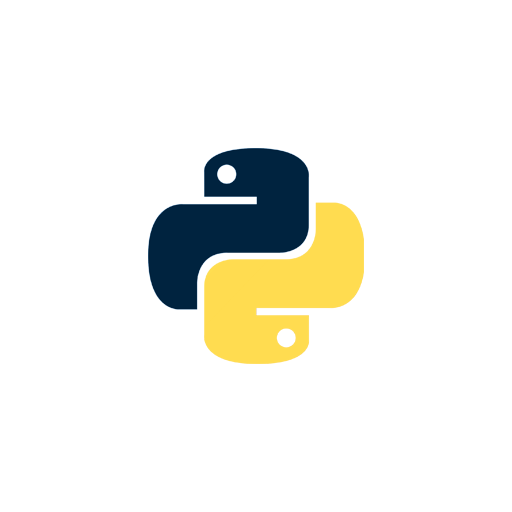
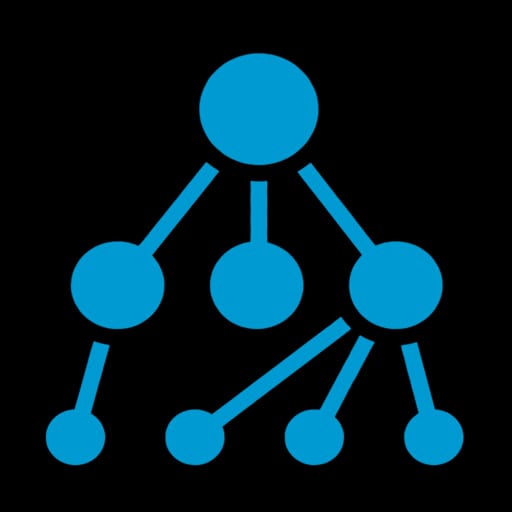







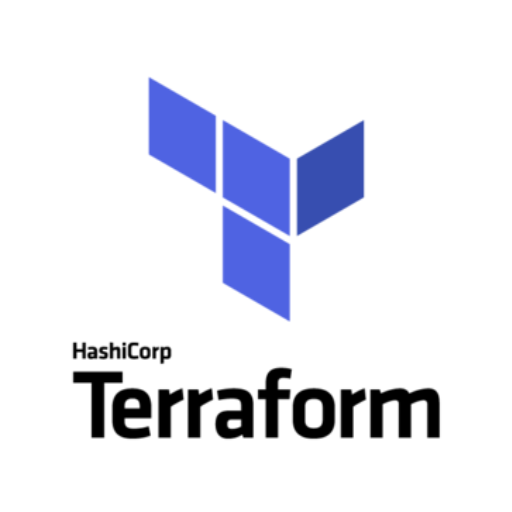

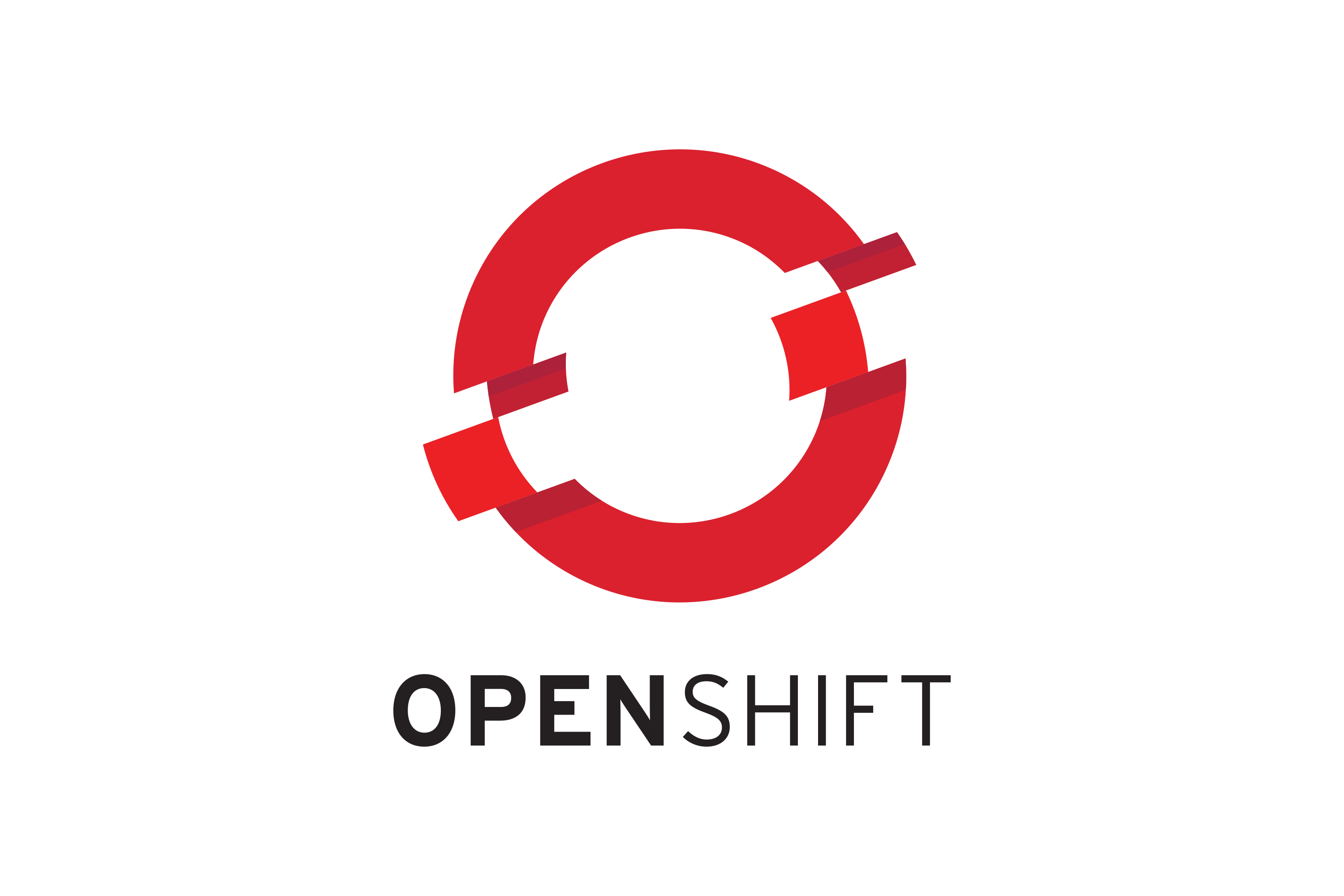

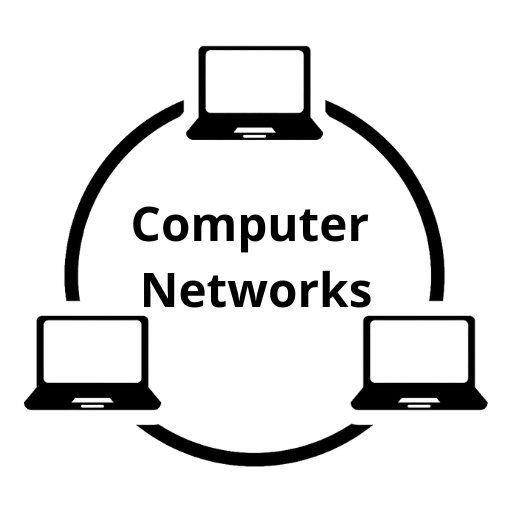
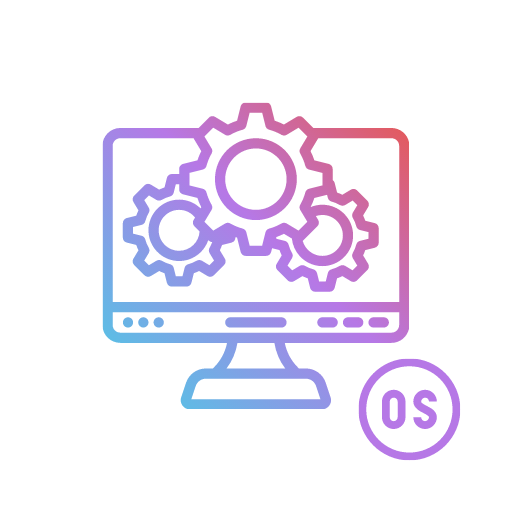

Live Sessions by Expertise Trainers and Access of Recorded Session is also available.


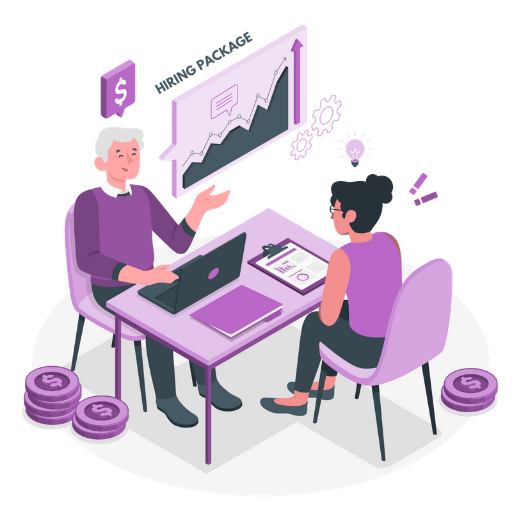
You can get Internship/Training Opportunities to get placed in HP, DELL, Honeywell, Rightpoint, Frontdoor, Fractal and many more according to your performance.


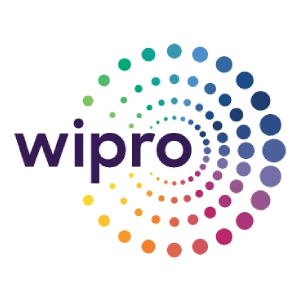
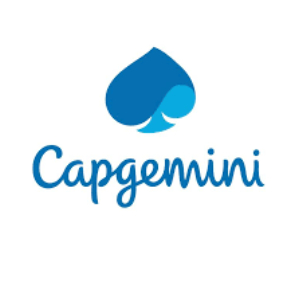


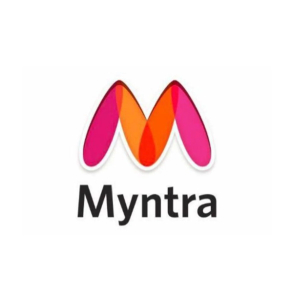
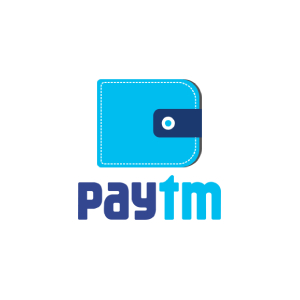

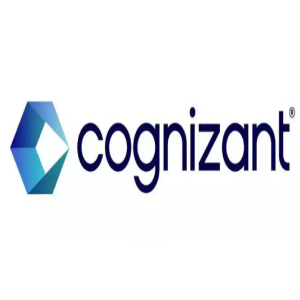
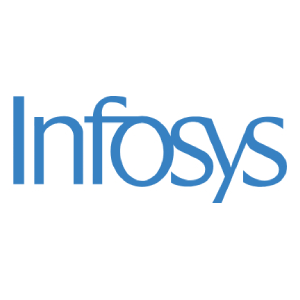

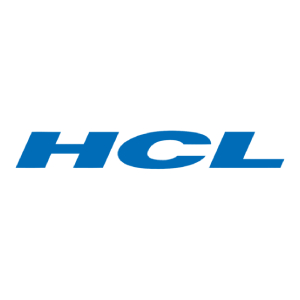


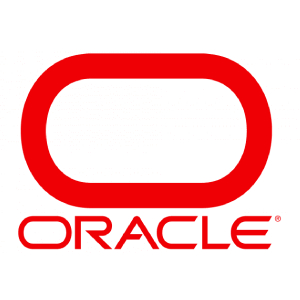


Best IT Training and Internship Company in Jaipur. Highly recommended. Supportive faculties, Management, online and offline sessions access with recording access help every student to concentrate more on learning. Practical Learning and working on live projects with team is a main key highlights of REGEX.
The experience of learning in the Institute is really good. I've joined the MERN full stack course doing well. Thanks to the mngt. To provide certified facility. Very helping in solving my queries and Institute provide me to practical knowledge and demo project to improve my skills..... Thnks to Regex software service
This training center is exceptional, providing me with extensive knowledge in various domains and technologies. I enrolled in the Python Django course eight months ago, where I learned website development. Prior to joining this coaching, I struggled with speaking English, but now I have gained the ability to communicate effectively. My experience has been extremely positive, and I strongly recommend joining The Regex Software Services at the earliest opportunity.
Competitive Programming is the best course they have - i am part of both python and C++ course. Cracked several interviews with their course, poll test & assignment are always new and beneficial. Best CP course you will find here, i hope this will be beneficial for you
Tushar sir is best in delivery. His approach is mind blowing. I have not found any gap although I am from U.S Lots of Big Data tools I have learnt like Hadoop, Hive, Spark, Sqoop & most amazingly Talend ETL Tools which was the most lovely part of training. every component is told in very simple terms with great practical approach
I recently joined Python Django(Web Development - Full Stack)Course About Course: - I must say instructor makes every concept simple to understand - No Copy Paste,Every line of code is explained - Even given Assignments to work on - Even given Projects to work on If you looking to learn Python Django I highly recommend to go for this course
I am from UK & loved the teaching. Competitive Programming was the best experience I had in coding. I can truly say the money I spend is worth it. Go for it guys!!





































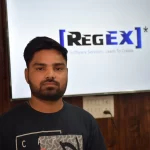
Principal Component analysis (PCA – Theory)
PCA with Case-Study
Linear Discriminant Analysis(LDA) for Dimension Reduction
Feature Selection to Select the Most Relevant Predictors
Confusion matrix
Accuracy Paradox
CAP Curve
K-Mean Clustering Intuition
K-Mean selecting Numbers of Cluster
NLP Intuition
Types of NLP
Classification vs Deep Learning Models
The Neuron
Activation function
How Neural network work & learn by itself
Gradient Descent
Stochastic Gradient Descent
Ethics of Deep Learning
What are convolutional neural networks [CNN] ?
CNN Architecture
CNN Code preparation
Recurrent Neural Networks
Several layers
■ ReLLu Operation
■ Pooling
■ Flattering
■ Full Connection
Statistics
Sample Selection
Probability Theory
Hypothesis
Model Relationship
Model Fit
Descriptive Statistics
Types of Data
Qualitative Data
Histograms
Different Plots
Centrality and Spread
Outliers
Median, Mean, Mode
What is computer vision & its application
Face Detection
■ Adding more features & Categorization
■ Object Detection & Image creation
■ Working with Images & vectors
Facial Expression Recognition in Code (Binary / Sigmoid /Logistic Regression)
● Introduction of HBase
● Comparison with traditional database
● HBase Data Model (Logical and Physical models)
● Hbase Architecture
● Regions and Region Servers
● Partitions
● Compaction (Major and Minor)
● Shell Commands
● HBase using APIs
OSI Model
TCP/IP Model
Network topologies and Ethernet
Internet Protocol v4 and v6
Media Access Control and Address Resolution Protocols
Access points, routers, modems
Firewalls, TCP ports, UDP ports
Fee can be paid as No Cost EMI @5000/month
Industrial Internship/Training Program – December 2023
For Webinar Videos and Demo Session, Join our Youtube Channel
WhatsApp us